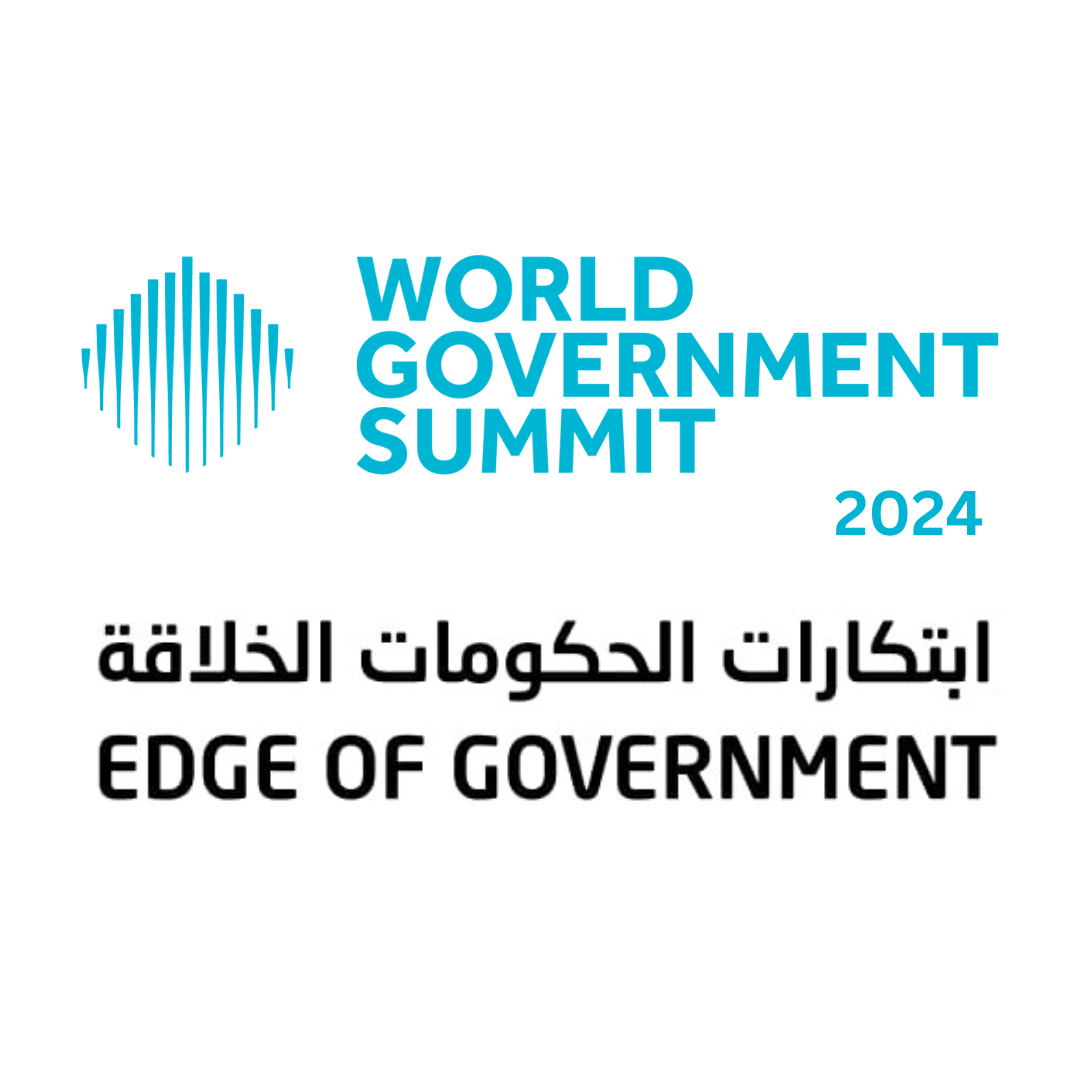By Lina Botero – FiLBo
“The fact that the United Nations has prioritized time can be the seed of more humane public policies that integrate health, education, urban planning, and work from a temporal perspective.”
Diego Golombek holds a Ph.D. in Biological Sciences from the University of Buenos Aires and is an Argentinian science communicator, specialized in chronobiology. He is currently a full professor at the University of San Andrés, where he directs the Interdisciplinary Time Laboratory, and at the National University of Quilmes, where he leads the Chronobiology Laboratory. He is also a senior researcher at the National Scientific and Technical Research Council (CONICET) and serves as an advisor for the International Expert Laboratory of the Time Use Initiative (TUI) in implementing regional time policies.
1. What is, for you, the right to time?
The right to time is, above all, the right to exist fully. Not just to be present, but to truly live without the constant tyranny of others’ clocks. It means having the freedom to choose when to wake, rest, play, work, care for others, or be cared for (within the limits imposed by work and school obligations). In an increasingly accelerated world colonized by immediacy, the right to time is a form of resistance—a way to mark life’s rhythm with our own footsteps.
This right is neither abstract nor philosophical: it is deeply biological and social. Our bodies have their own time—circadian rhythms—that often clash with schedules imposed by culture, economics, or technology (measurable as “social jet lag”). Defending the right to time means reconciling these internal clocks with collective agendas to create healthier, fairer lives.
2. As a chronobiologist, you study the concept of a “circadian city.” What strategies could cities adapt to better align social and biological rhythms? What concrete benefits could this bring?
A circadian city does not impose its rhythm, but instead complements biological time. To achieve this, strategies range from simple to revolutionary: school hours adapted to children’s sleep patterns, flexible work schedules aligned with chronotypes, public lighting that protects nighttime sleep, and green spaces that encourage movement and sunlight exposure. It also considers the question of “what time it is,” ideally answered by the sun, wristwatches, and local time zones in harmony.
The benefits are measurable: better sleep, fewer chronic illnesses, sustainable productivity, reduced stress, and—less tangible but vital—greater daily happiness. When social rhythms harmonize with biological ones, everything flows better: we sleep, eat, and perform better, but most importantly, we live better.
3. At the recent UN World Innovation Conference in Istanbul, time was recognized as a cross-cutting theme alongside well-being, care, and happiness. Why has time gained global prominence, and what does this mean for societies?
Time is no longer just a unit of measurement but a unit of meaning. And societies are beginning to understand this. In a global scenario marked by multiple crises -climatic, health, economic, emotional-, the way we use, waste or share time has become a transversal axis of well-being. It is no longer enough to live longer: we want to live better, which means having time for what matters. Recognizing time on the global agenda is a symptom of social maturity.
The UNDP’s declaration of time as a priority means recognising that we are not just consumers or producers: we are rhythmic beings, in need of pauses, of links, of care. This paradigm shift can be the seed of more humane public policies that integrate health, education, urban planning, and work from a temporal perspective. In a way, time is the most democratic and fragile resource we have.
4. What advice would you give someone seeking healthier time management?
First, listen to your body. We often ignore it—waking to alarms instead of sunlight, eating hurriedly, sleeping poorly. Internal rhythms (sleep, hunger, focus) are not whims but health signals. Recognize when you’re alert, need to rest, or crave companionship or food—this is half the battle.
Second, defend your moments. Just as we fight for labour rights, we should defend the right to nap, converse without clock-watching, or stroll without GPS. Organizing time isn’t about filling it but finding its rhythm—a deeply personal yet collective endeavour requiring a culture where living isn’t a race but a process.
5. Looking ahead, how will time and society interact by 2050?
I envision 2050 as a time when we coexist better with time—not as urgency but quality. Technology should automate trivial tasks and amplify meaningful ones. Policies may promote healthy schedules, sleep-respecting cities, and schools attuned to learning rhythms. Time could become a universal right, not a luxury.
But this demands political will, scientific evidence, and a public demanding a new temporal relationship. The future isn’t predicted but built. If we align with bodily and planetary rhythms, societies could become more sustainable, equitable, and humane—where time is an ally, not an enemy.
6. Time is… (define in 5 words or fewer)
Rhythm, flow, pause, right, life.
As Lennon said: “Time is what happens while we’re busy doing other things.”
And if I may exceed the limit, I’ll quote Augustine: “If you ask me, I don’t know…”






